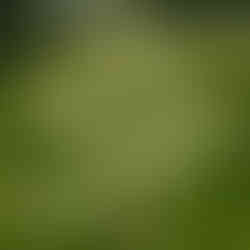- Feb 1, 2021
- 1 min read
Grand Fir (Abies grandis) is also known as White, Silver, Balsam, or Piss Fir. It is common in moist forests, stream bottoms, valleys, and lower mountain slopes. It prefers North-facing slopes and can grow in a variety of soil types. It is very shade tolerant, especially when young. It is a dominant climax species in some habitat types and a long-lived seral species in others. Grand Fir is the most popular species for Christmas trees in the Northwest because of its thick-foliage, symmetry, deep green shiny color, and strong, orangish fragrance. Fun fact, Grand fir is the tallest known fir species!
Height: Up to 260'
Needles: 1-1.5" dark green above, pale with stripe below, grow in 2 flat rows
Cones: 2-4" cylindrical, borne upright on tree
USDA PLANTS Database Link
Pics from USDA Plant Database: https://plants.sc.egov.usda.gov/core/profile?symbol=ABGR



















